Measuring Beauty: The Rise of Beauty Scale Technology
In today’s society, the quest for beauty has transformed from subjective interpretations to quantifiable metrics, thanks in part to advancements in technology. Beauty scale technology, which often relies on artificial intelligence (AI) and intricate algorithms, has emerged as a revolutionary tool in the beauty industry. This article discusses the evolution of beauty standards, the rise of technology in measuring beauty, the implications of this technology, and the ethical dilemmas it introduces.
The Evolution of Beauty Standards
Beauty is a concept that has been pondered throughout history, from ancient civilizations that idolized physical attributes to contemporary standards shaped by media and culture. Beauty standards vary significantly across different societies and eras, influenced by a blend of cultural values, economic conditions, and social norms.
Ancient to Modern Perspectives
In ancient Greece, for example, symmetry and proportion defined beauty. The Greeks developed the “Golden Ratio,” a mathematical ratio that they believed dictated beauty in art and nature. This notion of ideal proportions transcended time and geography, influencing Roman sculptures and Renaissance art.
However, the advent of mass media in the 20th century began to homogenize beauty standards. The rise of Hollywood and fashion magazines popularized specific ideals, often leaning towards Eurocentric features. This phenomenon raised questions about inclusivity and diversity, as these media portrayals frequently sidelined various racial and ethnic beauties.
The Birth of Beauty Technology
As the beauty industry continued to evolve, so did the tools used to evaluate and enhance beauty. The proliferation of the internet and smartphones has introduced a new wave of beauty technology. Applications and platforms now employ advanced imaging techniques, AI algorithms, and user data to assess beauty in ways that were previously unimaginable.
The Advent of AI in Beauty Measurement
AI has become a leading force in beauty technology, utilizing deep learning techniques to analyze facial features, skin texture, and even body shapes. Companies like L’Oréal and Procter & Gamble have invested significantly in beauty tech startups, aiming to integrate these advancements into consumer products.
Applications such as YouCam Makeup and FaceApp employ facial recognition technology to allow users to visualize different skincare products, makeup looks, or even cosmetic procedures. These apps use data from millions of images to calibrate their algorithms, enabling users to see how they might look with various beauty modifications.
The Mechanics of Beauty Scale Technology
At its core, beauty scale technology utilizes algorithms based on various attributes: symmetry, skin clarity, facial structure, and even emotional expression. These technologies typically employ several steps to create a “beauty score” for users.
1. Image Processing
The technology begins with image processing. Using pattern recognition and facial detection, the algorithm identifies key facial features, such as the eyes, nose, mouth, and jawline. This recognition is possible due to advancements in computer vision, enabling machines to perceive and interpret visual data.
2. Feature Analysis
The next step involves analyzing these features. For instance, many beauty scales factor in facial symmetry, which has long been associated with attractiveness. However, this measurement is increasingly critiqued for promoting a narrow definition of beauty that excludes numerous faces and characteristics.
3. Scoring Mechanism
After analysis, the algorithm produces a score, often on a scale of 1 to 100. This score can quantify subjective attributes, presenting a seemingly objective interpretation of beauty. Users may receive tailored recommendations based on these scores, ranging from skincare routines to cosmetic procedures.
The Applications of Beauty Scale Technology
The implications of beauty scale technology extend beyond simple vanity. The technology has diverse applications across various domains, from marketing to psychology.
1. Personalization in Beauty Products
One of the most significant advancements facilitated by beauty scale technology is personalized beauty solutions. Skincare brands can now offer tailored products based on individual beauty assessments. Users can receive specific recommendations for serums or treatments that would best suit their unique skin types, guided by their beauty scores.
2. Marketing and Advertising
Brands leverage beauty scale technology in their marketing strategies. By utilizing data-driven insights about beauty standards, companies can tailor campaigns that resonate with their target demographic. Understanding the ideal beauty score for specific traits can inform which models or influencers to feature in advertisements, making the marketing strategy feel highly customized.
3. Psychological Impact and Self-Perception
The psychological implications of beauty scale technology also merit consideration. Studies have shown that constant exposure to beauty metrics can influence self-esteem and body image. Users may become preoccupied with their beauty scores, leading to unhealthy comparisons or dissatisfaction with their natural appearance. This trend underscores the need for a critical evaluation of how technology influences our perceptions of beauty.
Ethical Implications and Critiques
As with any technological advancement, beauty scale technology brings ethical considerations that warrant discussion. Issues such as body image, accessibility, and authenticity come into play when evaluating the societal impacts of these tools.
1. The Standardization of Beauty
One of the key critiques of beauty scale technology is its potential to standardize beauty across diverse populations. While these algorithms aim to provide objective measures of beauty, they often reflect the biases inherent in their training data. For instance, many datasets used to train these algorithms predominantly feature individuals with Eurocentric physical features, leading to an exclusion of non-Western standards of beauty.
2. The Rise of Body Dysmorphia
The normalization of beauty metrics can exacerbate pre-existing issues relating to body image and psychological health. The constant self-assessment through beauty scales may lead to an increase in body dysmorphic disorders, particularly among adolescents and young adults who are most vulnerable to societal pressures regarding appearance.
3. Inclusivity and Representation
For beauty technology to be both innovative and ethical, inclusivity must be at its core. Brands and developers have a responsibility to ensure that beauty scale technology encompasses a wide variety of features and appearances. This includes a range of skin tones, facial structures, and body types, promoting a broader, more inclusive definition of beauty.
4. The Focus on External Validation
Relying heavily on beauty score technology might foster a culture of external validation. Users may feel inclined to chase ideal beauty standards rather than embracing their unique attributes. This can lead to self-esteem issues, as individuals increasingly associate their worth with numerical values derived from algorithms rather than with their intrinsic qualities.
5. Transparency in Technology
Transparency remains essential in the application of beauty scale technology. Users must be informed about how their data is processed and how algorithms generate beauty scores. Without clear communication, the potential for misuse or misunderstanding increases, further complicating the ethics surrounding beauty technology.
The Future of Beauty Scale Technology
Looking forward, beauty scale technology has the potential to shape the future of the beauty industry in significant ways. Continued advancements in AI and machine learning may refine the accuracy and inclusivity of beauty measurement tools.
1. Technological Integration in Daily Life
Beauty scale technology is likely to become even more integrated into daily life. Smart devices may facilitate real-time assessments of beauty, making personalized recommendations instantly available. This integration carries both exciting prospects and potential pitfalls, necessitating critical discourse about responsible usage.
2. Education and Awareness
Education will also play a pivotal role in the future of beauty technology. Consumers must be equipped with the knowledge to engage critically with beauty scales, understanding their limitations and implications. Empowering individuals to embrace their uniqueness while navigating these metrics is crucial for fostering a healthy relationship with beauty technology.
Conclusion
The rise of beauty scale technology marks a significant shift in how we perceive and engage with beauty. While it opens avenues for innovation and personalization in the beauty industry, it also poses ethical challenges and psychological concerns. The future of this technology hinges on a balanced approach—one that embraces diversity, encourages self-acceptance, and remains vigilant against detrimental societal pressures.
As we traverse this landscape of technological beauty measurements, it becomes imperative to advocate for inclusivity and representation at every level. Ultimately, beauty is not merely a score generated by algorithms; it is a multi-dimensional experience that transcends numerical values, encapsulating the essence of individuality and self-expression. The challenge ahead lies in ensuring that technology celebrates this diversity rather than constraining it within narrow confines of so-called “perfection.”
References
- Modern Beauty Standards
- Historical Perspectives on Beauty
- Impact of AI on the Beauty Industry
- The Psychology of Beauty Metrics
- Ethics of Beauty Technology
- Future Trends in Personalized Beauty Solutions
This detailed exploration of beauty scale technology serves as a call to action for both consumers and industry leaders. Understanding the implications of these advancements is a crucial step toward fostering a more inclusive and compassionate beauty culture.













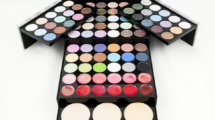
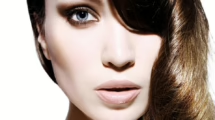
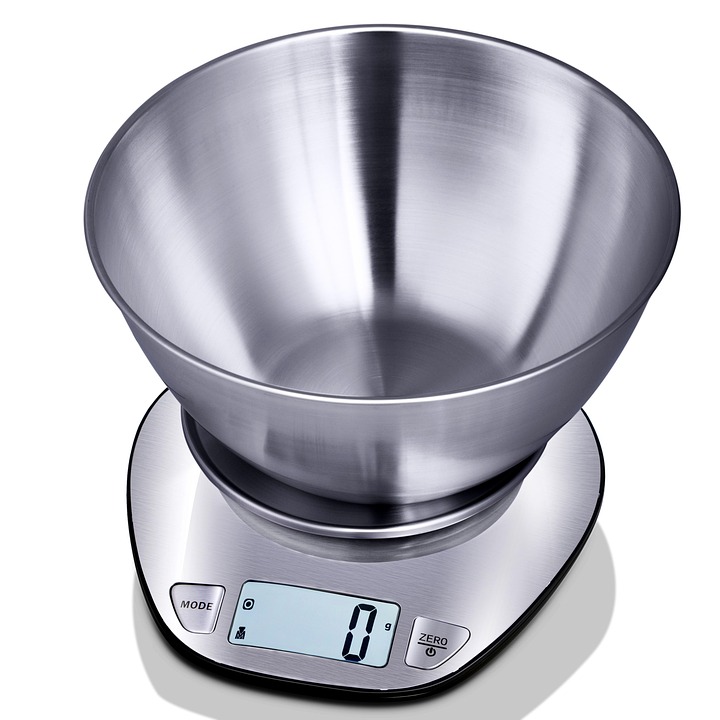
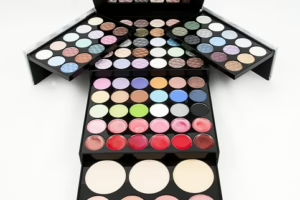
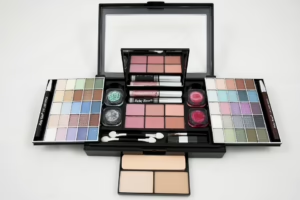
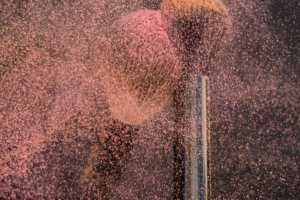
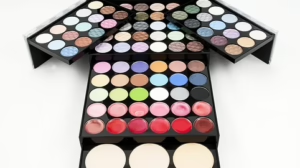
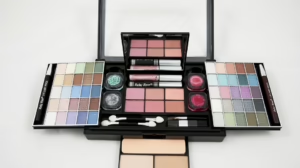





Add Comment